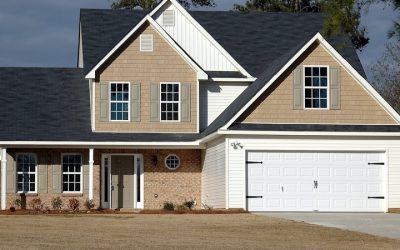When moving from a manual production line or a semi-manual production option to full automation, choosing the right option in industrial automation controls will be important. This is also a very big decision when designing and installing a new operation as having controls that are versatile, easy to use and designed specifically for the application will always be a crucial factor.
There are many different types of automation controls on the market. The key is in matching the control to the system as well as the future needs of the line or facility. Remember, equipment all has a lifecycle. It is very likely that different items on the line will need to be replaced at different intervals. Using controllers that work with new equipment in the future will assist in reducing the costs of these types of upgrades and save money in operations over the long run.
PLCs
Programmable logic controllers are one of the most common options in industrial automation controls. These are devices used in a wide variety of applications and environments. They are particularly effective in challenging workplaces where vibrations, temperature changes, shock and even dust, humidity, chemicals or other forms of potential contaminants may be present.
They are housed in a sealed module in many cases, similar to the microprocessors and memories found in other types of handheld devices. Repairs and upgrades can be completed by simply replacing the module.
SCADA Systems
SCADA stands for supervisory control and data acquisition systems, which use a variety of devices, including computers, networks, PLCs and PID controllers (Proportional-Integral-Derivative) controller, which is a type of feedback loop mechanism.
These devices provide information the SCADA system, allowing universal control of a system through continual monitoring of multiple remote modules. This is very similar to a distributed control system that can manage an entire plant, making adjustments through the industrial automation controls based on continual transmission and analysis of data.



